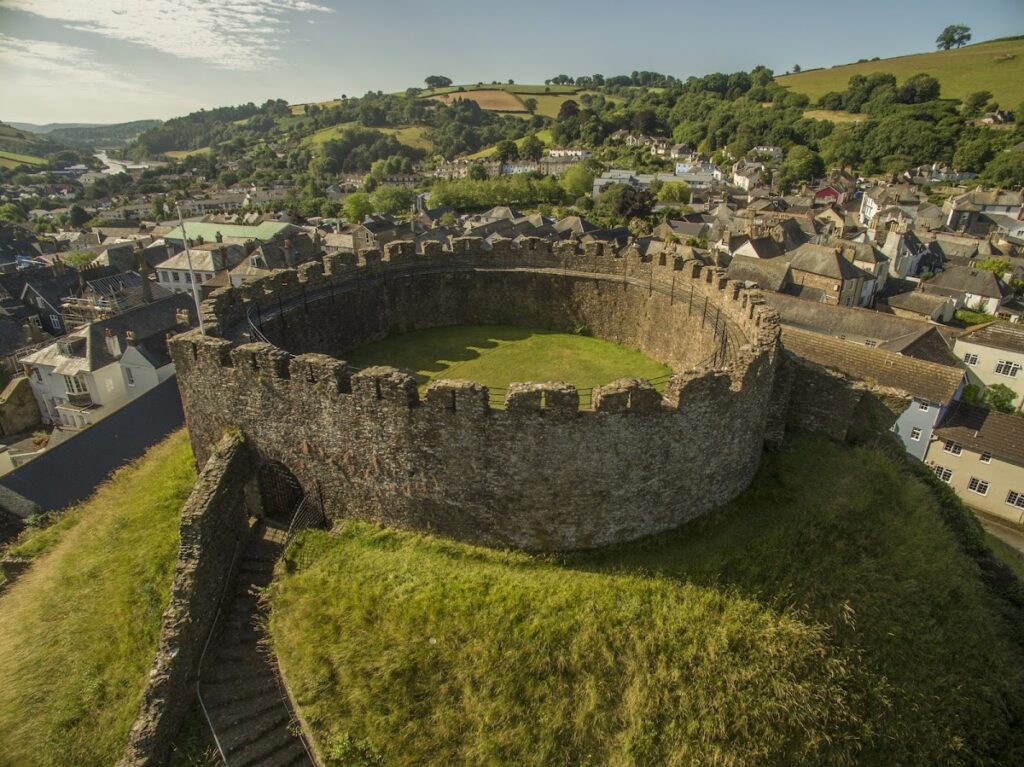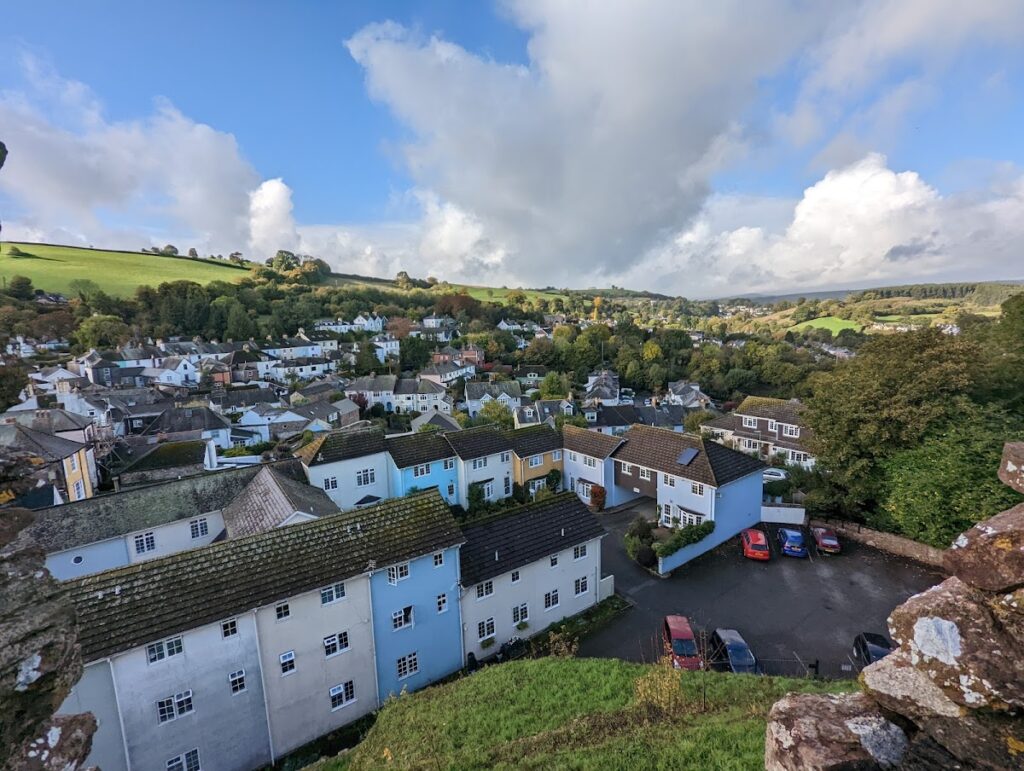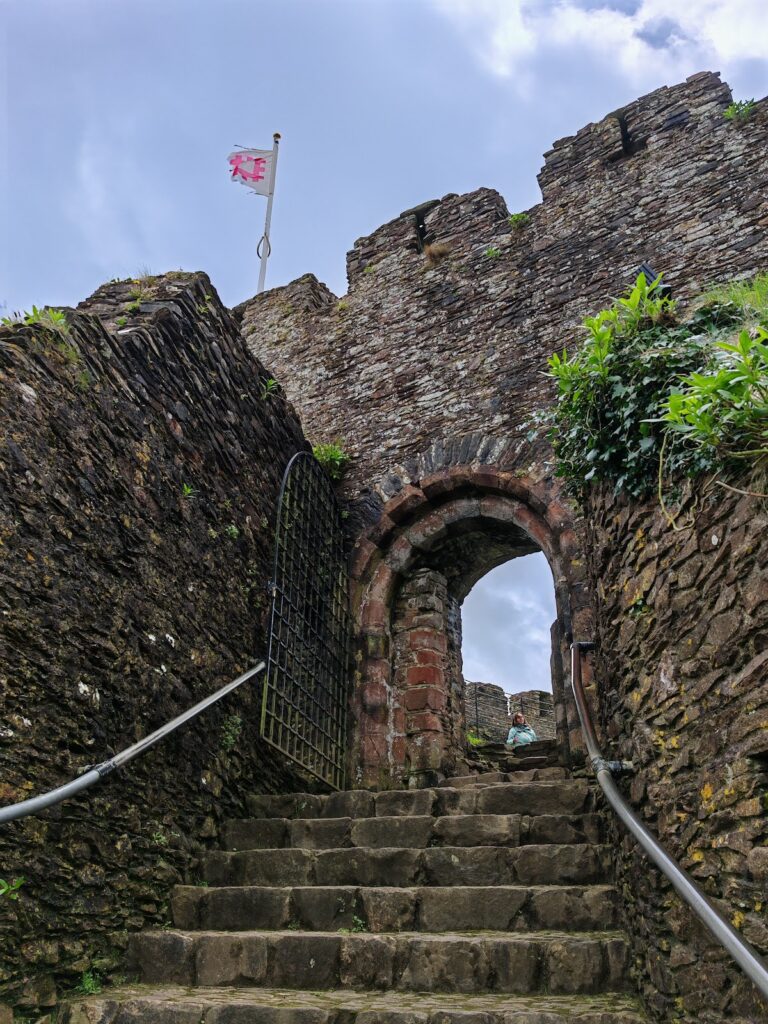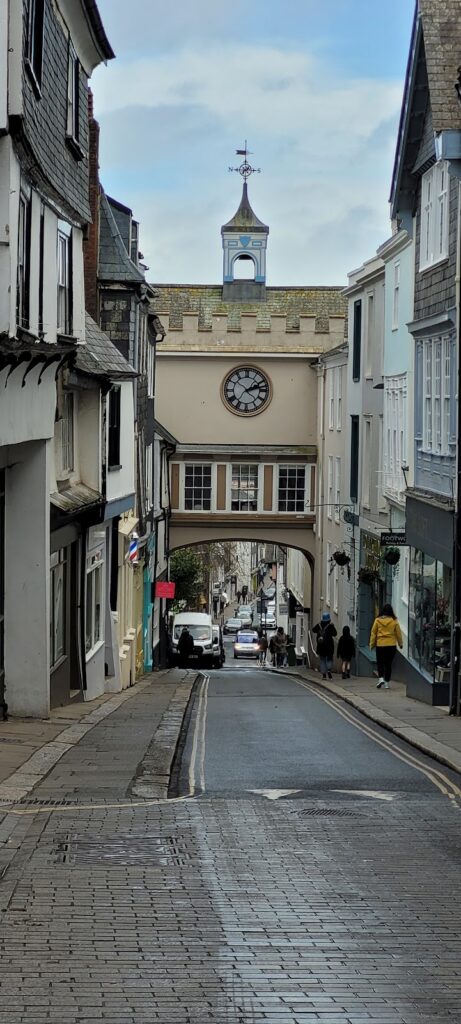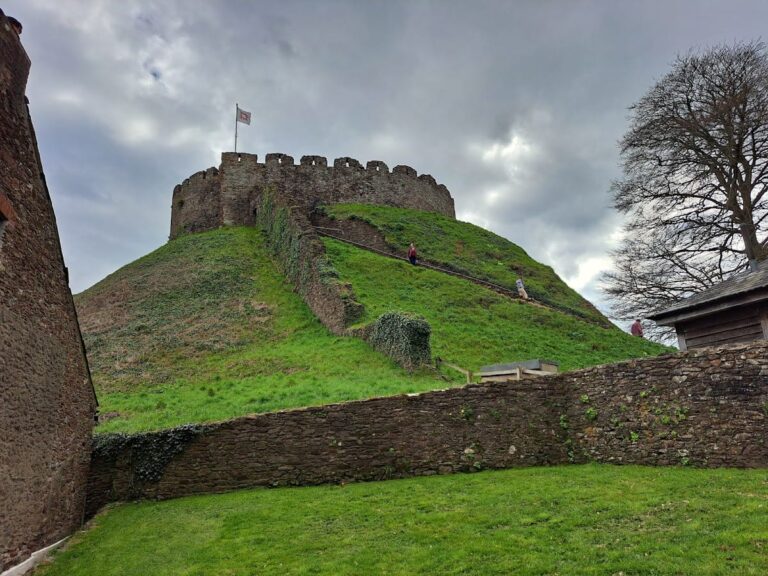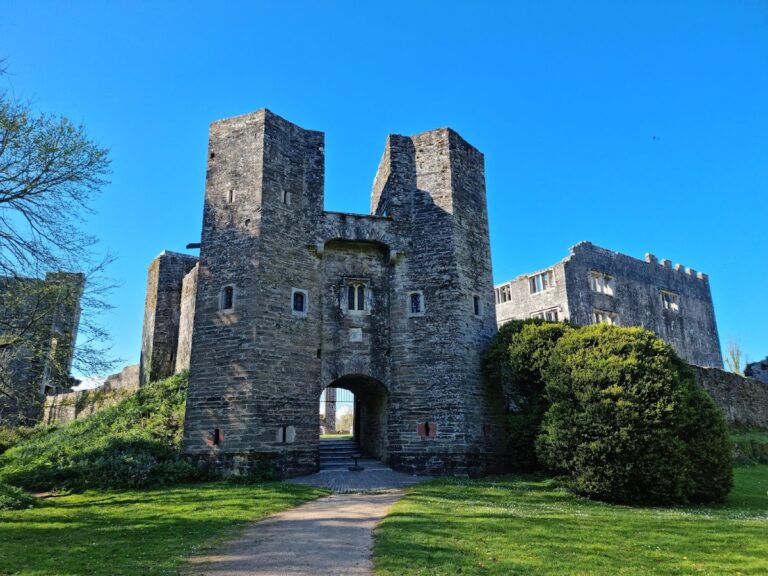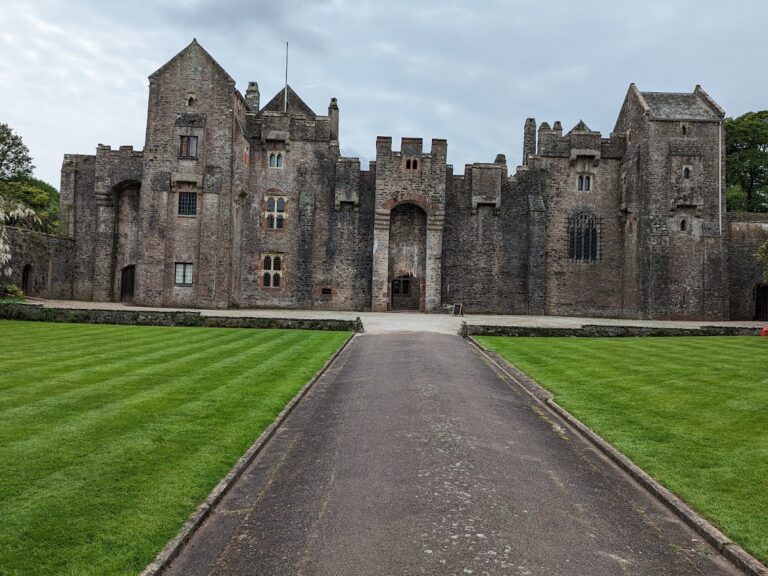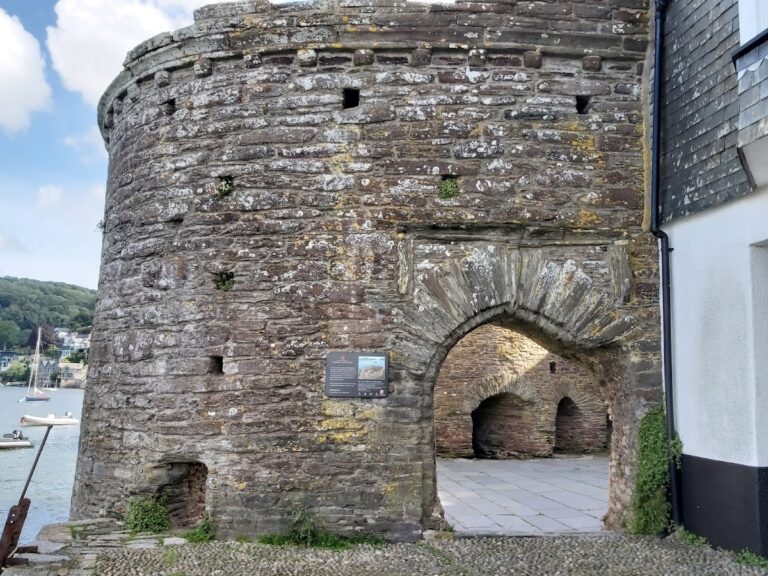Totnes Castle: A Norman Motte and Bailey Fortress in England
Visitor Information
Google Rating: 4.2
Popularity: Medium
Google Maps: View on Google Maps
Official Website: www.english-heritage.org.uk
Country: United Kingdom
Civilization: Unclassified
Remains: Military
History
Totnes Castle is located in the town of Totnes in England and was built by the Normans following their conquest of 1066. Its origins trace back to Juhel of Totnes, a Breton noble appointed by William the Conqueror, who established the first fortifications soon after being granted control of the surrounding lands in 1068. At this time, the castle was likely composed of timber defenses, including a wooden palisade and a tower, typical of early Norman motte and bailey designs.
After the death of King William I, Juhel lost his holdings, and the castle eventually passed into the possession of Roger de Nonant and his descendants for several generations. Later, William de Braose, 3rd Lord of Bramber, acquired the castle and made significant improvements by constructing the initial stone shell keep and surrounding walls, marking a transition from wood to stone defenses. This phase reinforced the castle’s strategic role overseeing the surrounding area.
By the early 14th century, around 1326, the castle was described as being in a state of ruin while owned by the de la Zouch family. A royal command was issued for it to be repaired and strengthened. This restoration saw the erection of a new stone shell keep using locally sourced Devonian limestone and red sandstone. Additional facilities such as a stable were added, and a constable was appointed to oversee the castle’s defense and management.
Following the turbulence of the Wars of the Roses in the 15th century, the castle fell into disuse once again. Nevertheless, it remained occupied during the English Civil War in the 17th century, although no significant military engagements occurred there. Ownership changed to Sir Richard Edgecomb around 1485 and later passed to Edward Seymour, the 9th Duke of Somerset, in the mid-18th century. Seymour contributed to the castle’s adaptation for leisure by adding a tennis court and a tea room, reflecting changing uses for the site beyond military purposes.
Since 1984, control of Totnes Castle has been under English Heritage, which maintains it as an important scheduled monument and Grade I listed building, preserving the legacy of this Norman site for the future.
Remains
Totnes Castle stands as a classic example of a Norman motte and bailey fortress, positioned atop a sizeable hill approximately 35 meters above sea level. Its elevated location allowed it to command views over the town and the approaches to three adjacent valleys, offering strategic control over the surrounding landscape composed mainly of flat land and some hills to the southeast.
The most prominent surviving elements are the stone keep and curtain wall erected during the 14th-century rebuilding. These structures were crafted from durable Devonian limestone and red sandstone, materials typical of local geology, which provided strength and resilience. The stone shell keep on the motte is enclosed by a reinforced curtain wall, illustrating medieval defensive architecture and construction techniques of the period.
Additional features historically connected to the castle include a stable built during the 14th-century repairs to support its garrison. In later centuries, particularly the 18th century, the grounds saw the introduction of leisure-related modifications such as a tennis court and a tea room, representing the adaptation of the fortress from a military stronghold to a site of social and recreational use.
Today, Totnes Castle remains well-preserved with much of its stone keep and curtain wall intact, offering a tangible insight into Norman military architecture. Its condition supports its standing as one of England’s finest examples of a motte and bailey castle, demonstrating the layered history of construction, repair, and reuse over several centuries.

